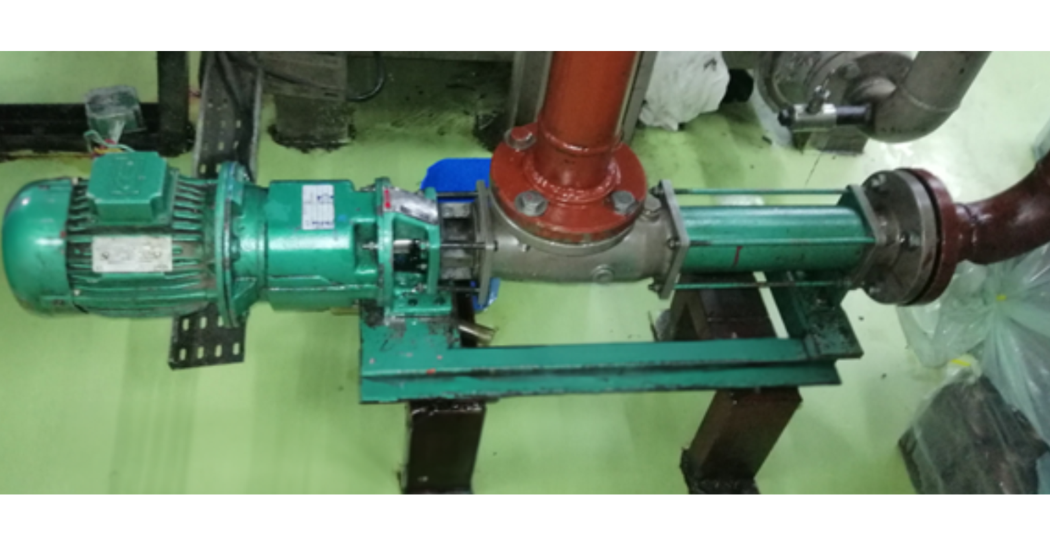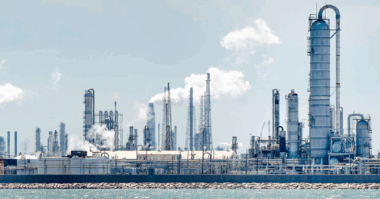A leading Oil & Gas Producer was facing problems in handling grease applications at one of their lubricant plants in Tanzania. The plant was producing high-quality lubricants for various industries like automotive, industrial, marine, etc.
Challenges Faced: Effective Grease Pumping Is A Vital Aspect Of Lubricant Plant Operations
At this lubricant plant, highly viscous grease at a temperature of 105 C was being pumped from a storage tank to a filling station for filling into the containers. The major problems faced by the customer were:
- High viscosity (2500 cSt) & thick consistency causing clogging & blockage in the equipment.
- Inconsistent flow rate with conventional pumps.
- Entrapped air within the grease causing air pockets leading to reduced performance & efficiency.
- Highly temperature sensitive application which results in change in consistency, hence affecting the flow rate.
- Material of construction should be compatible with grease, otherwise it will lead to corrosion and damage the system, leading to leaks and reduced efficiency.
The existing pump at the plant was unable to handle the highly viscous grease, leading to low flow rates, clogging, and blockages. The plant was facing challenges with frequent downtime and high maintenance costs.
Roto’s Solution
Roto’s Technical Team identified the existing pump’s inadequacy and recommended the RDCA 511 Size Progressive Cavity Pump as a solution. The pump was designed to operate at low operating parameters of 4.2 m3/hr at 3 bar pressure to smoothly transfer grease. The progressive cavity pump uses a helical rotor and stator design, creating a tight seal and a gentle pumping action that can easily handle the grease with high viscosity. Furthermore, it maintains a consistent flow rate even when the grease’s consistency varies due to temperature fluctuations, effectively preventing any potential clogging or blockage. These pumps are capable of handling media with entrapped air and high temperature up to 150 C. The Pump was supplied with wetted housing & rotating components in SS 316 and stator in Fluoro elastomer material.
Conclusion
After the installation of the progressive cavity pump, the grease pumping process at the plant improved significantly. The pump’s efficient design and performance led to consistent flow, increase in productivity, and a reduction in downtime & maintenance costs.




